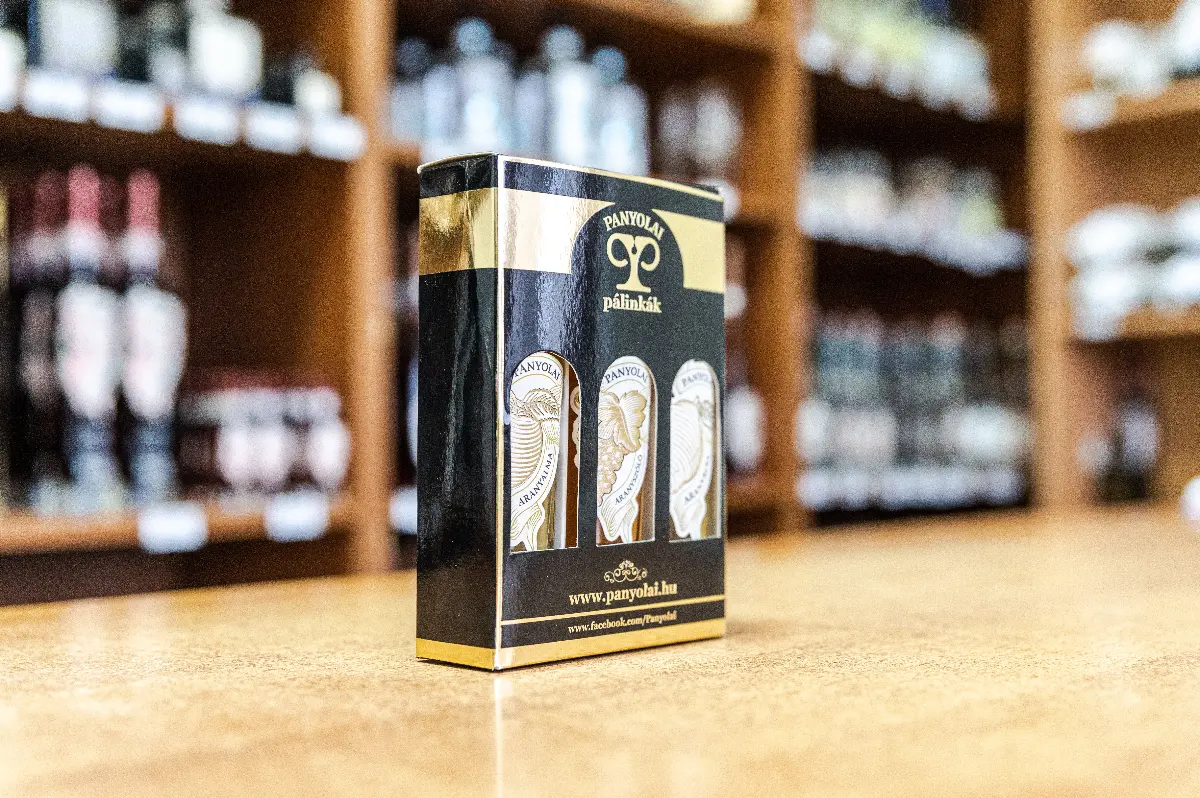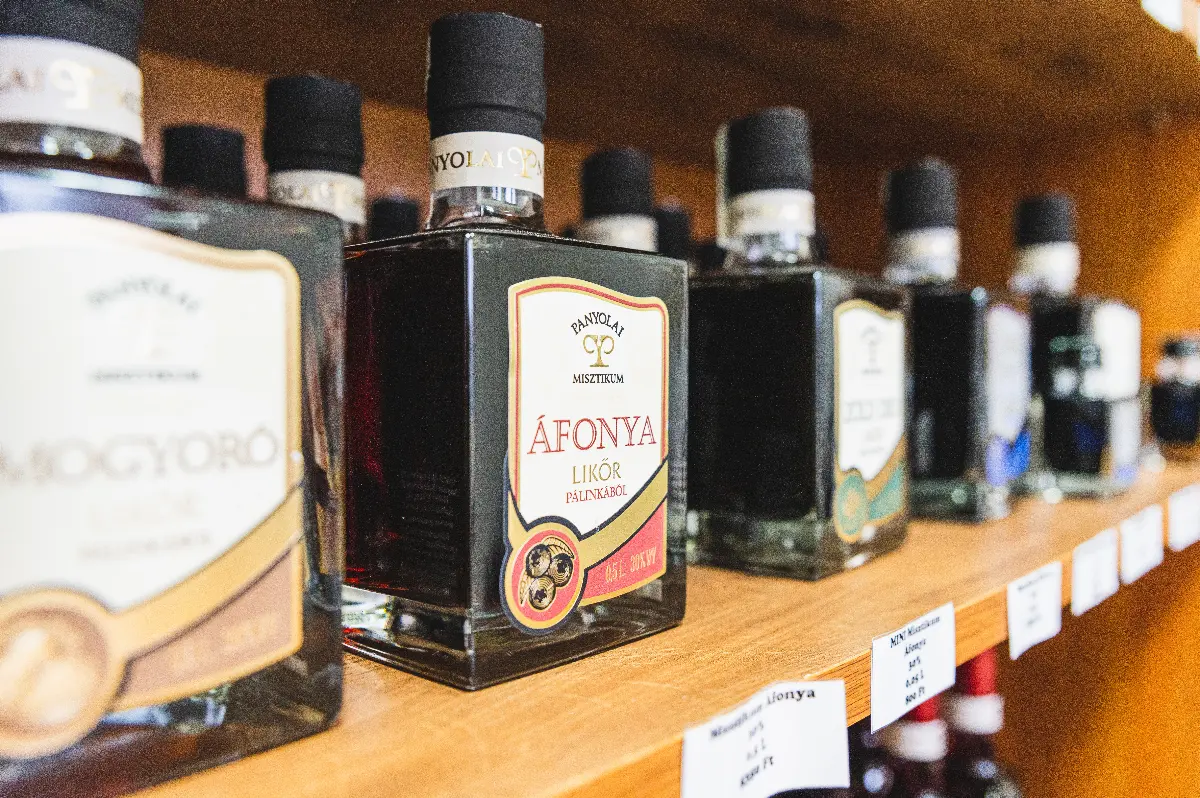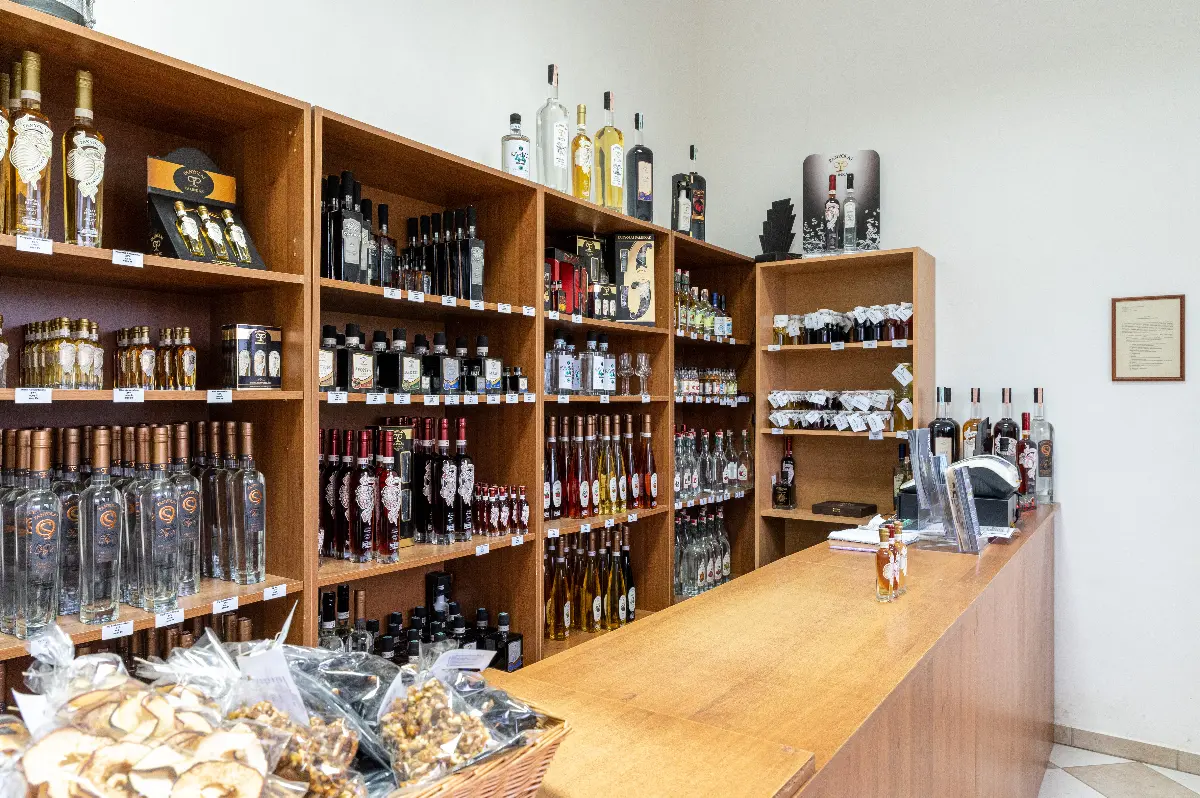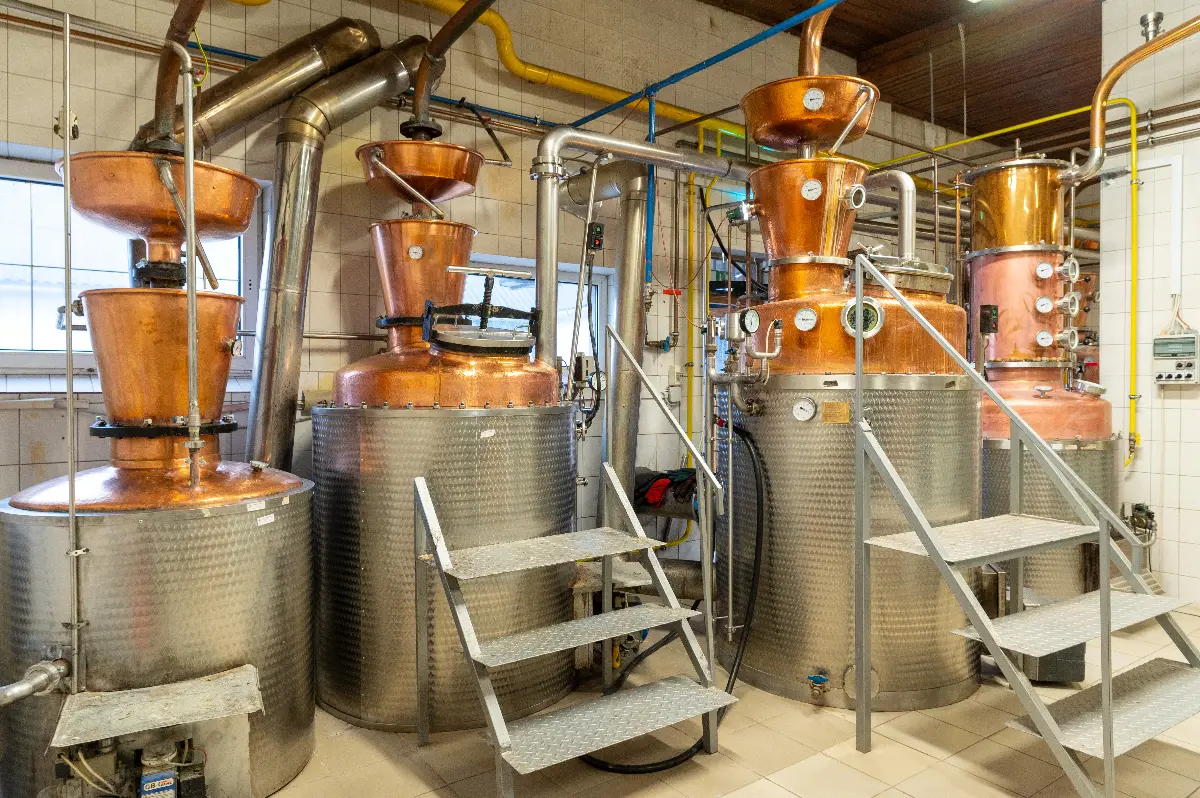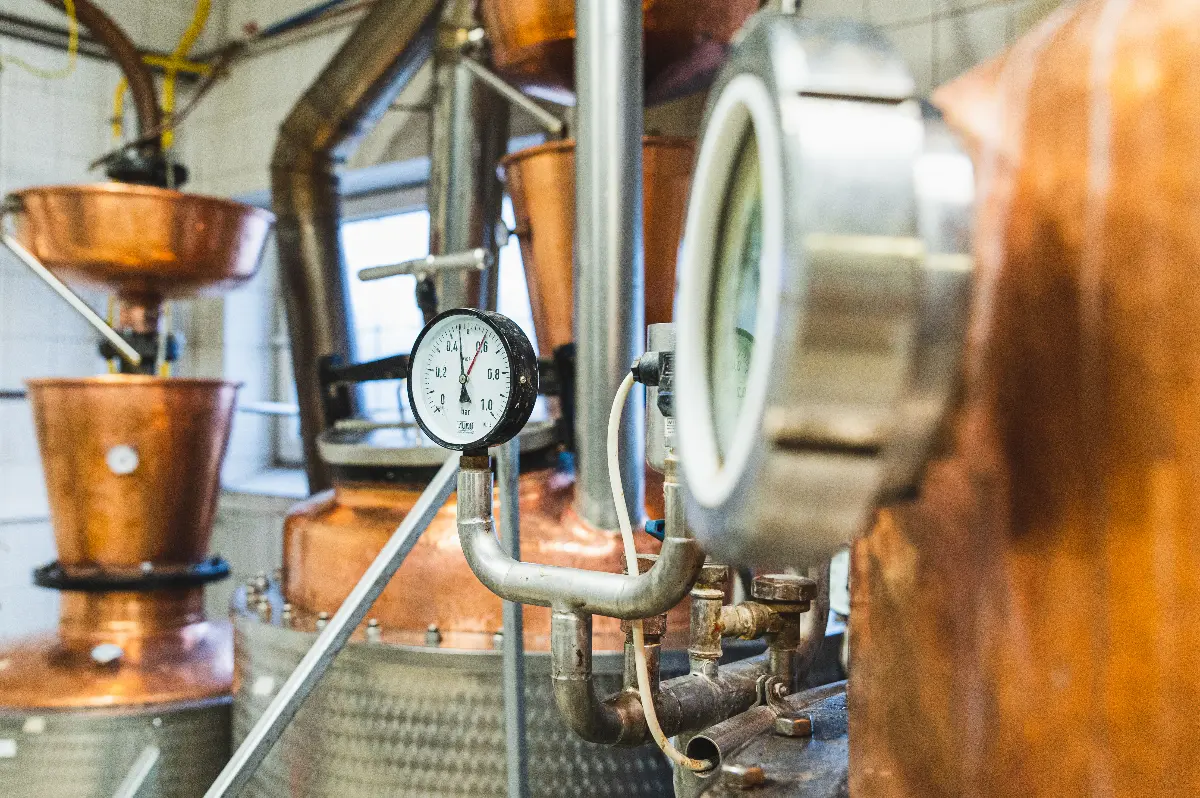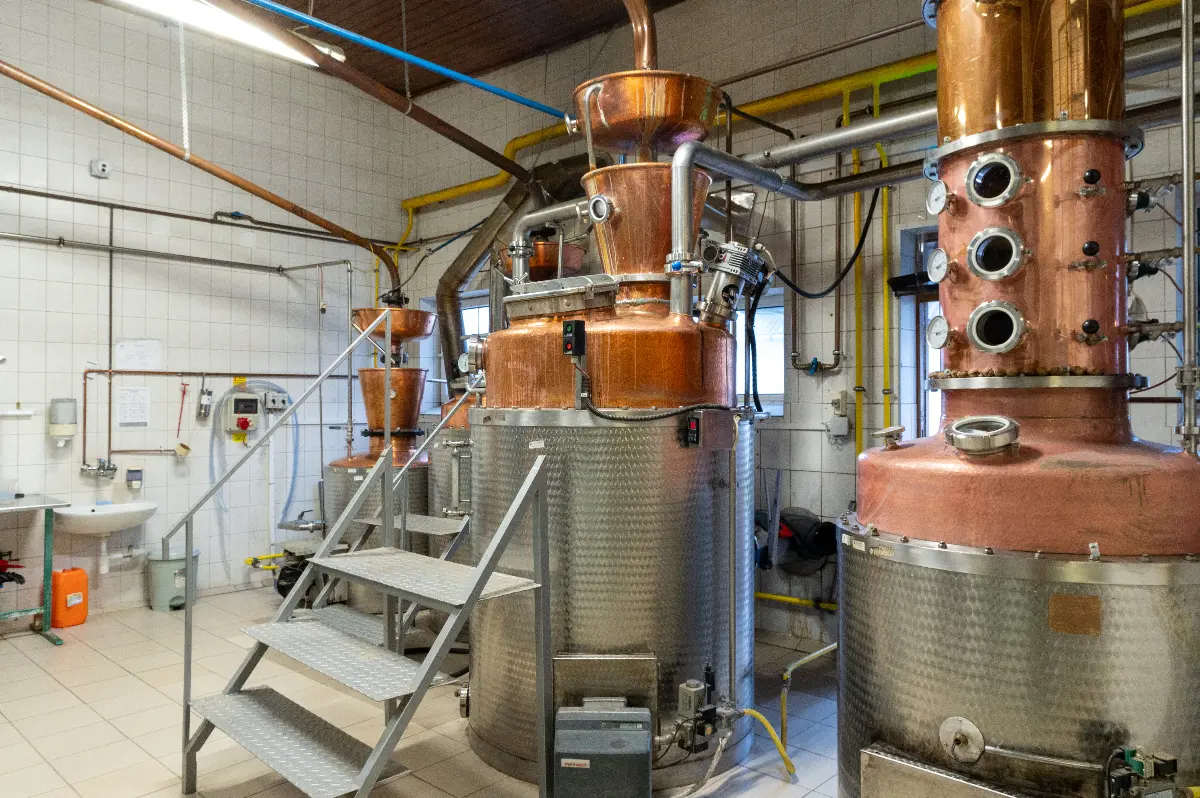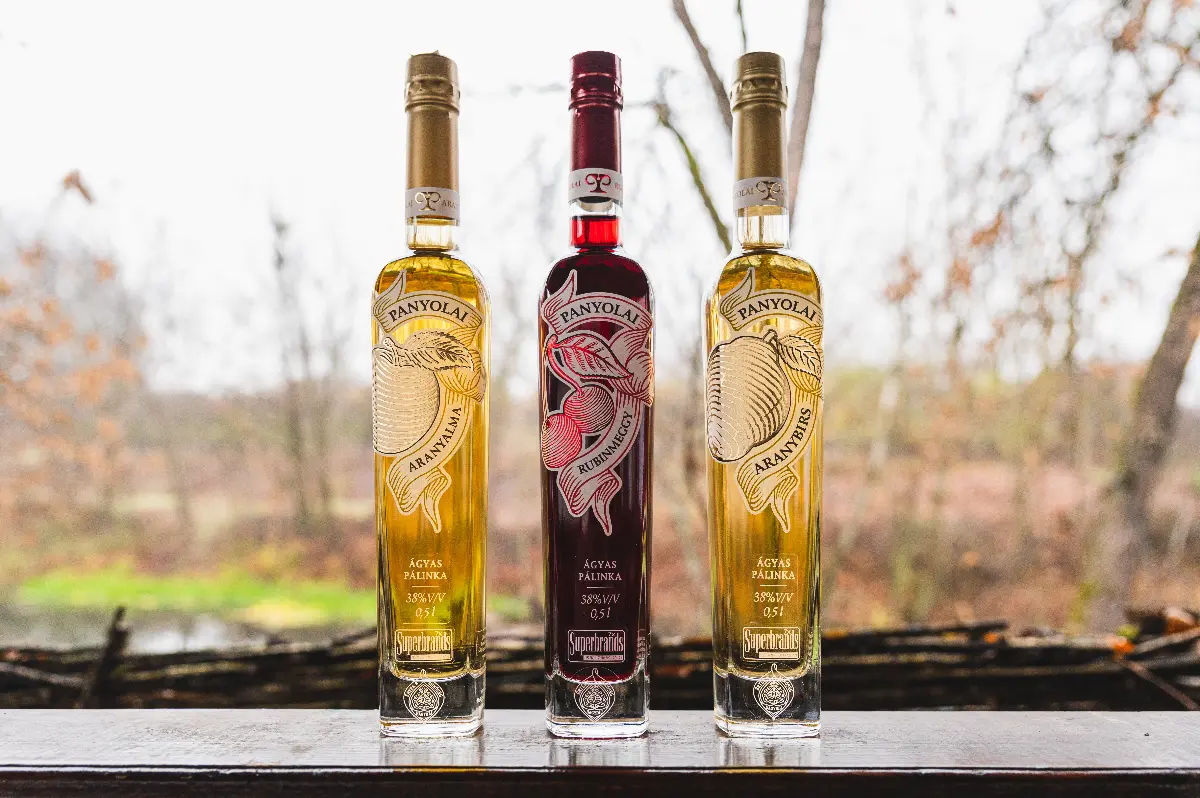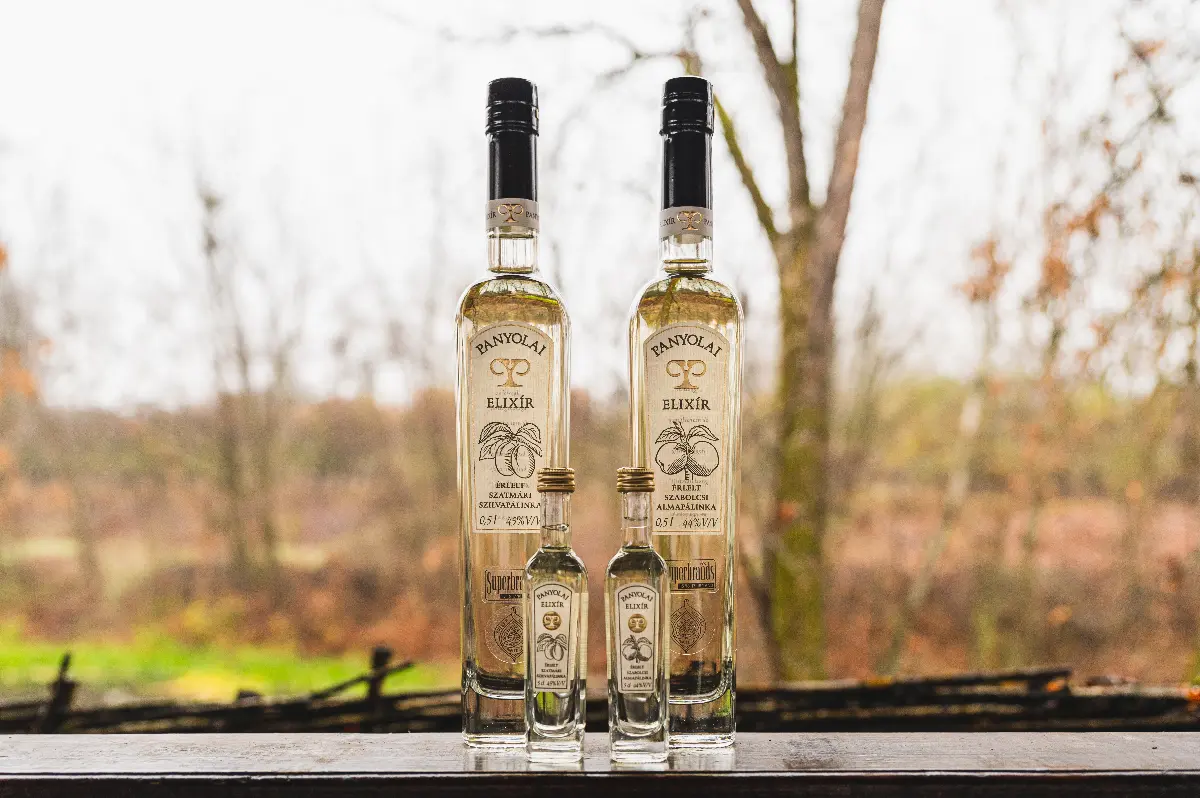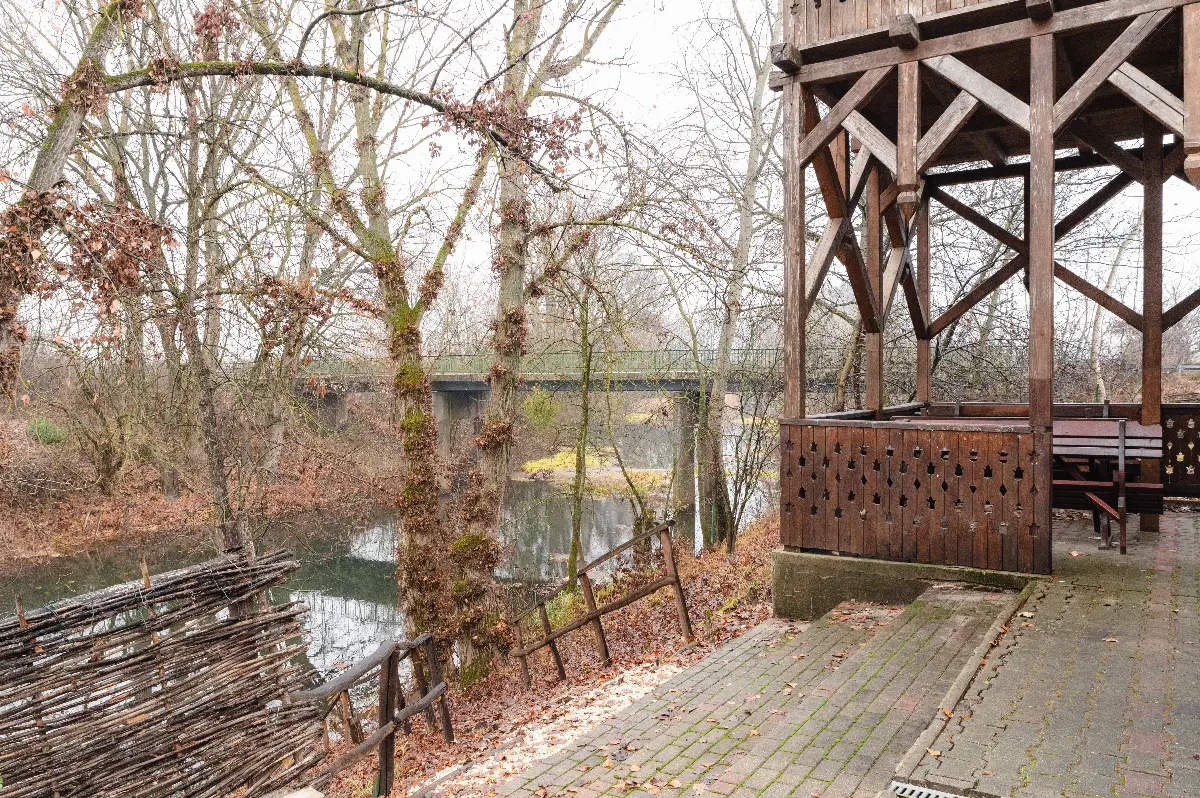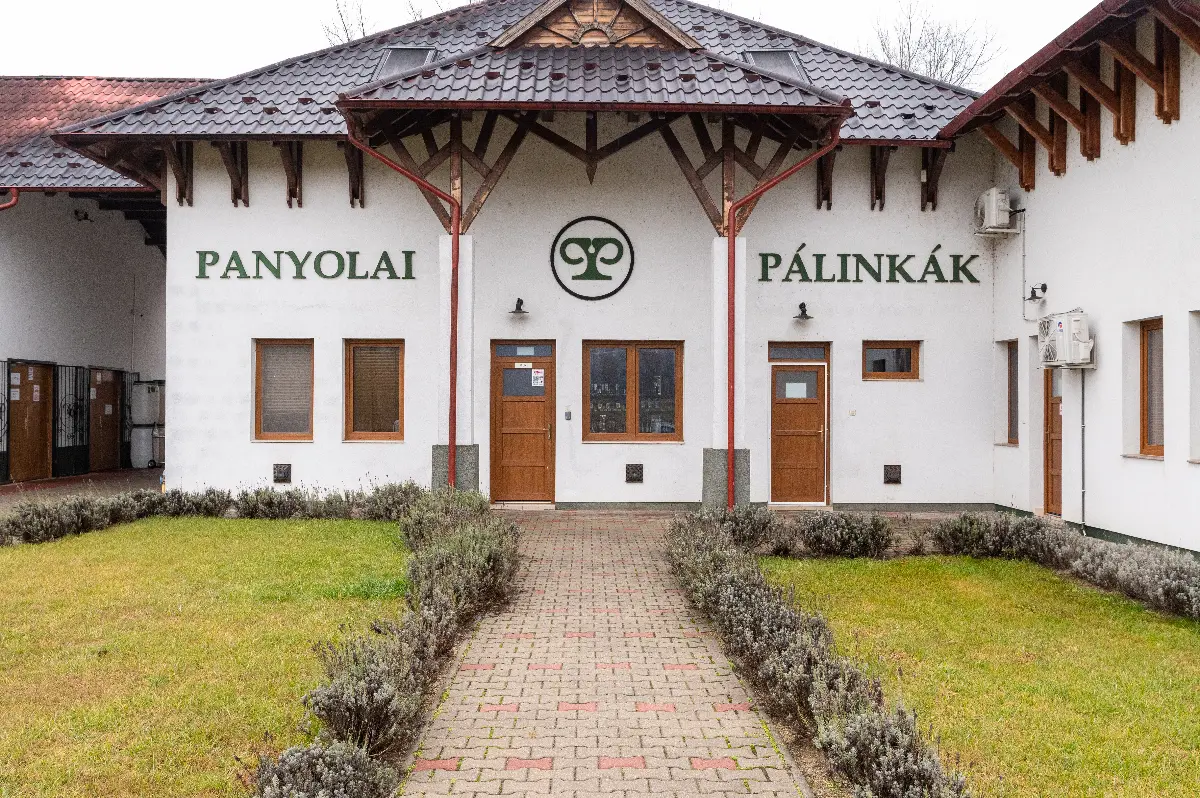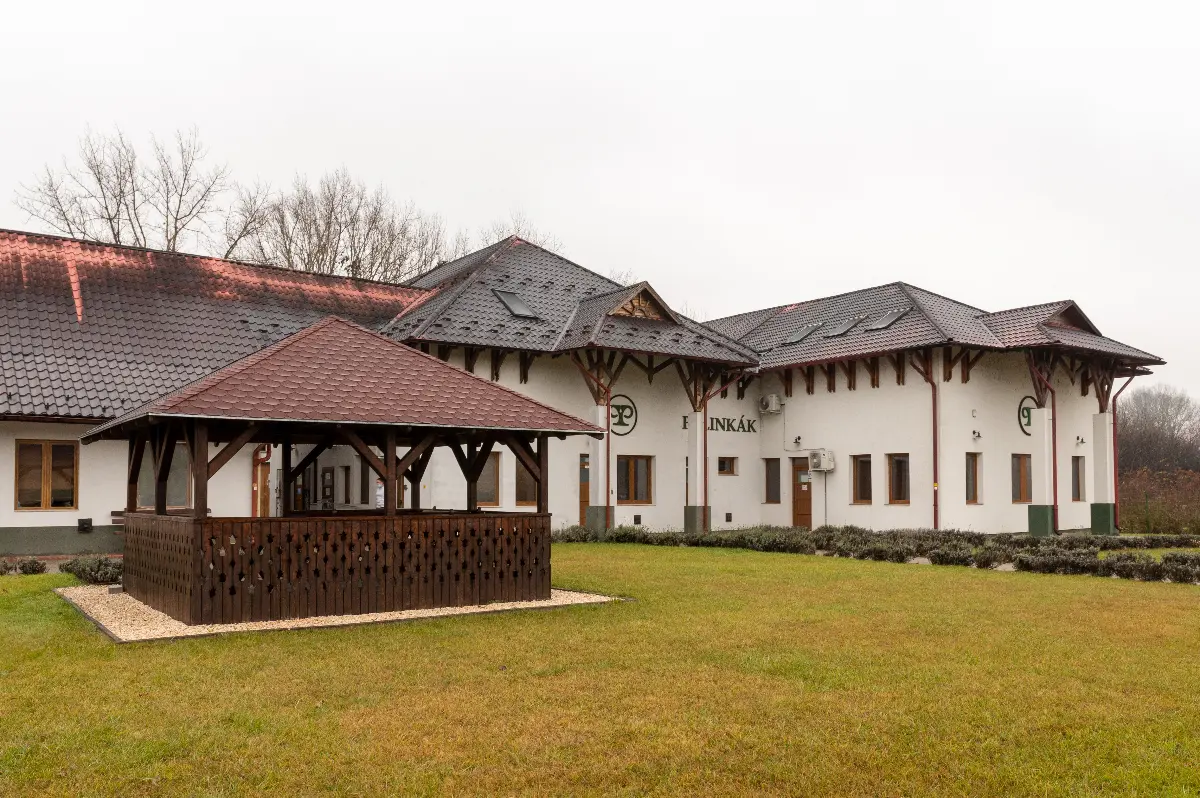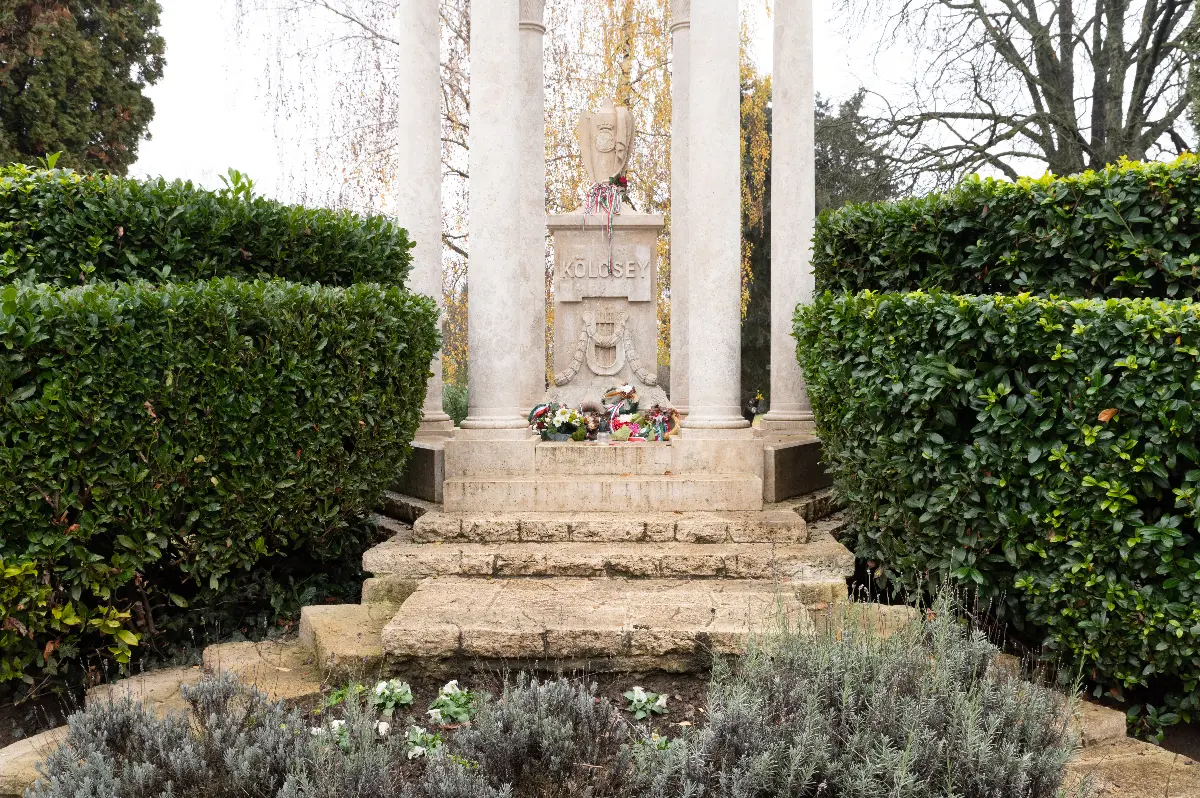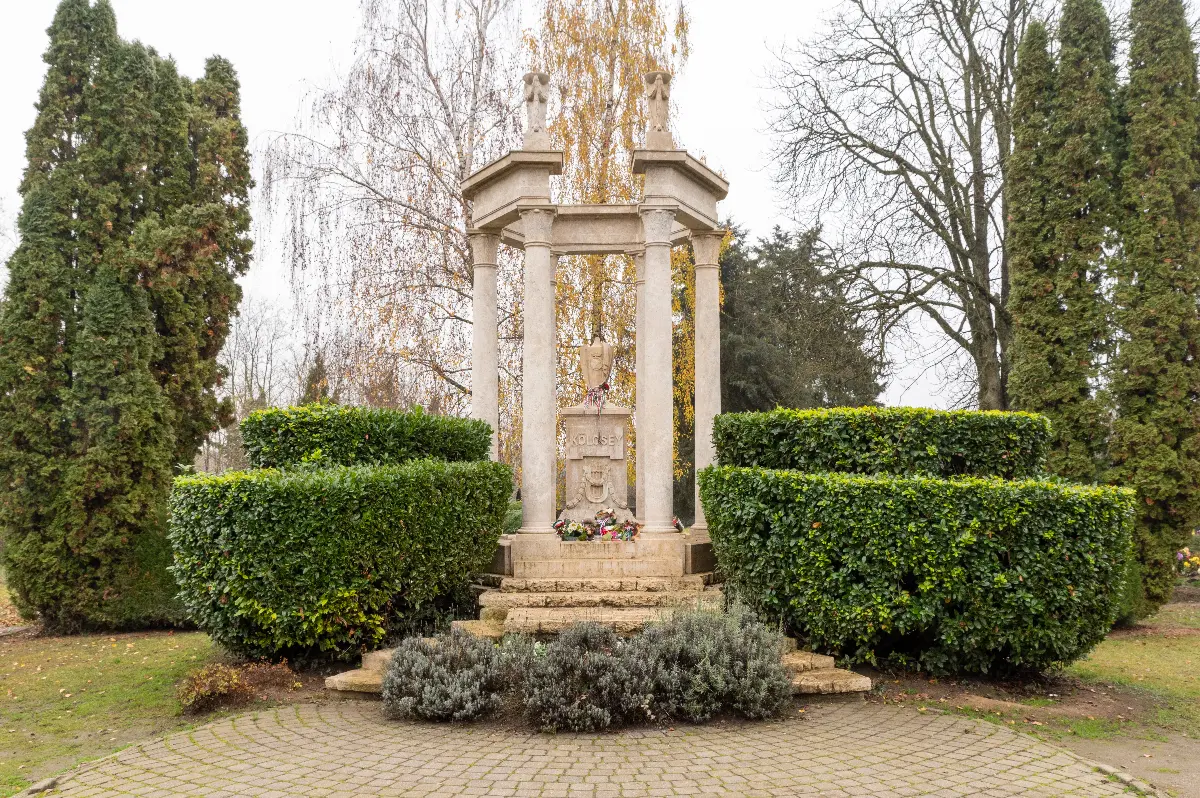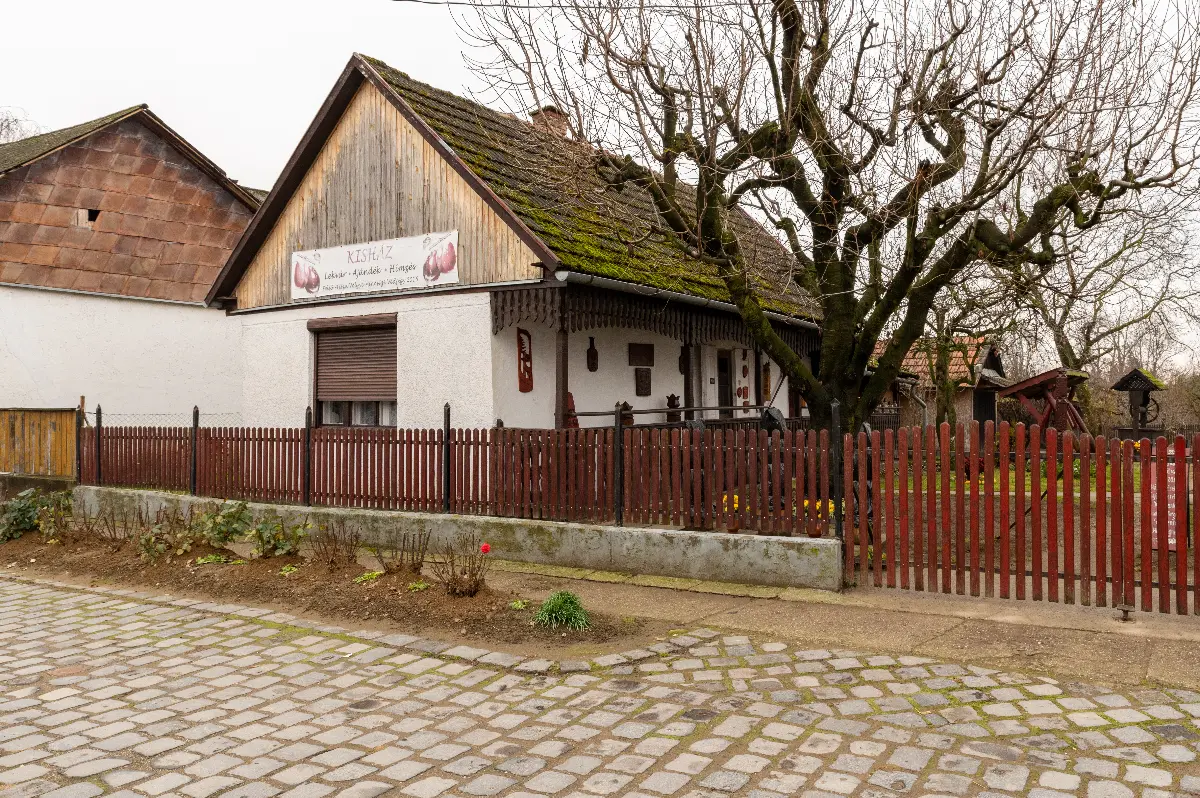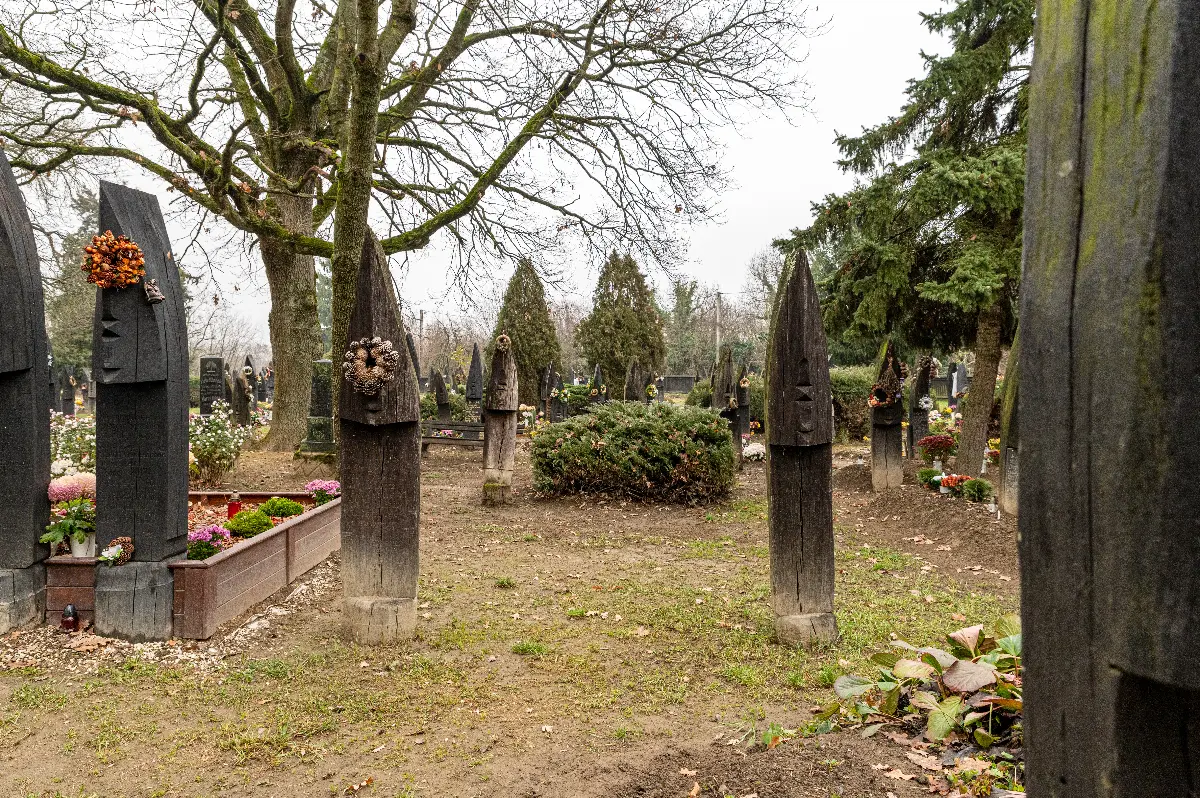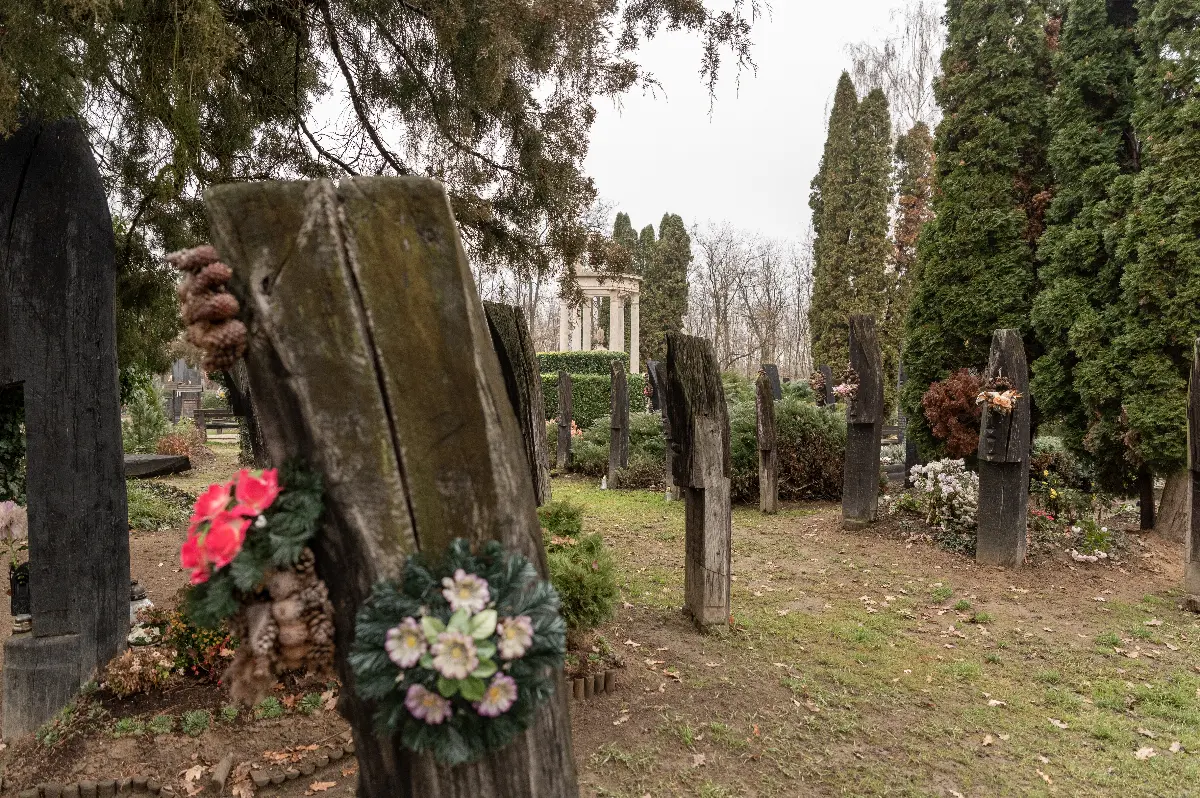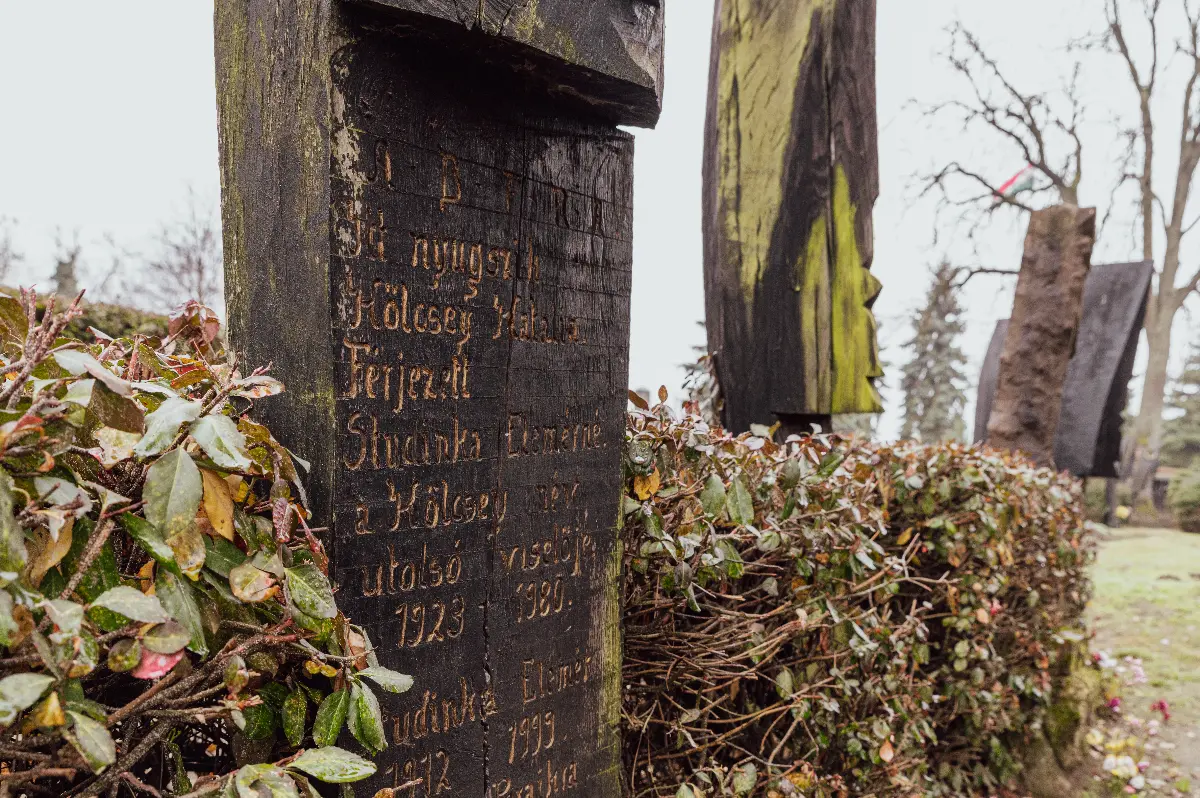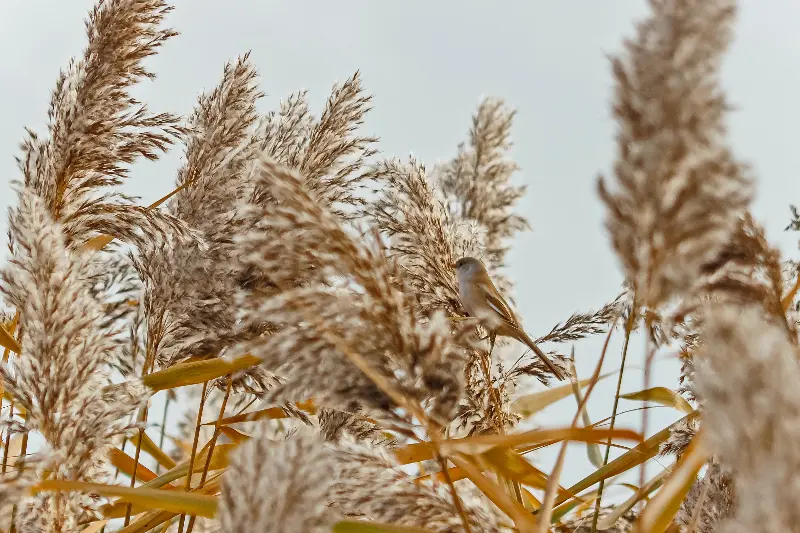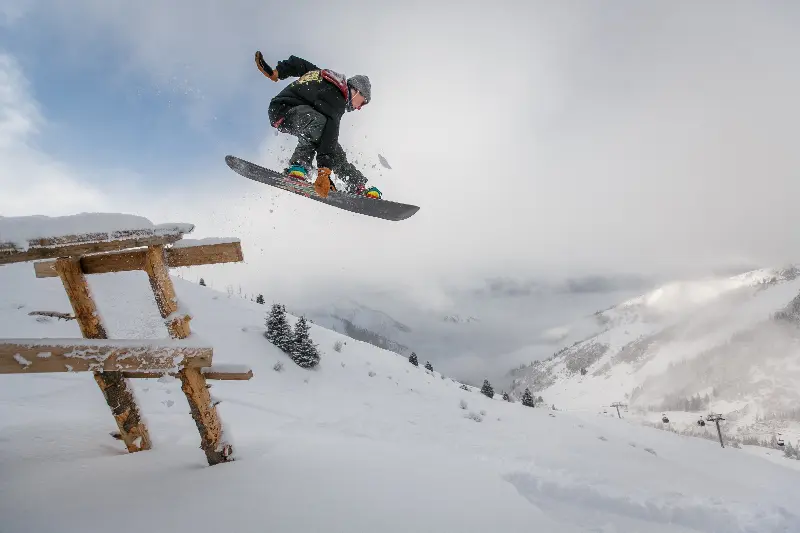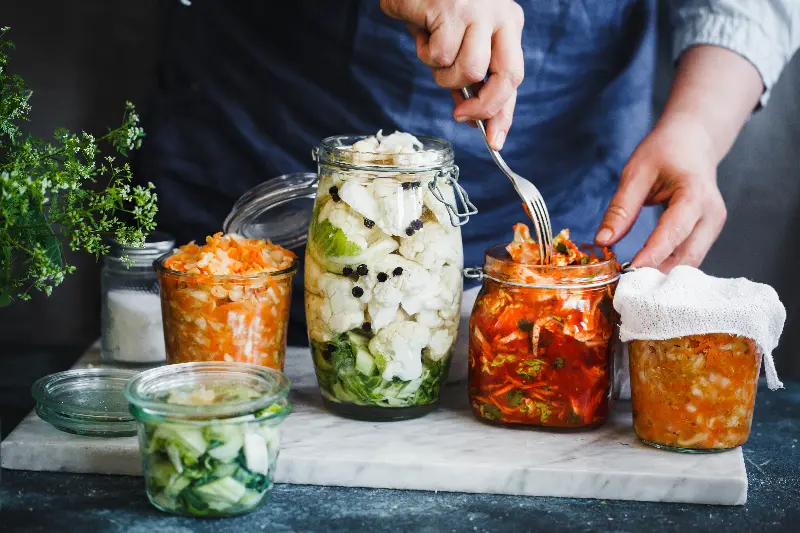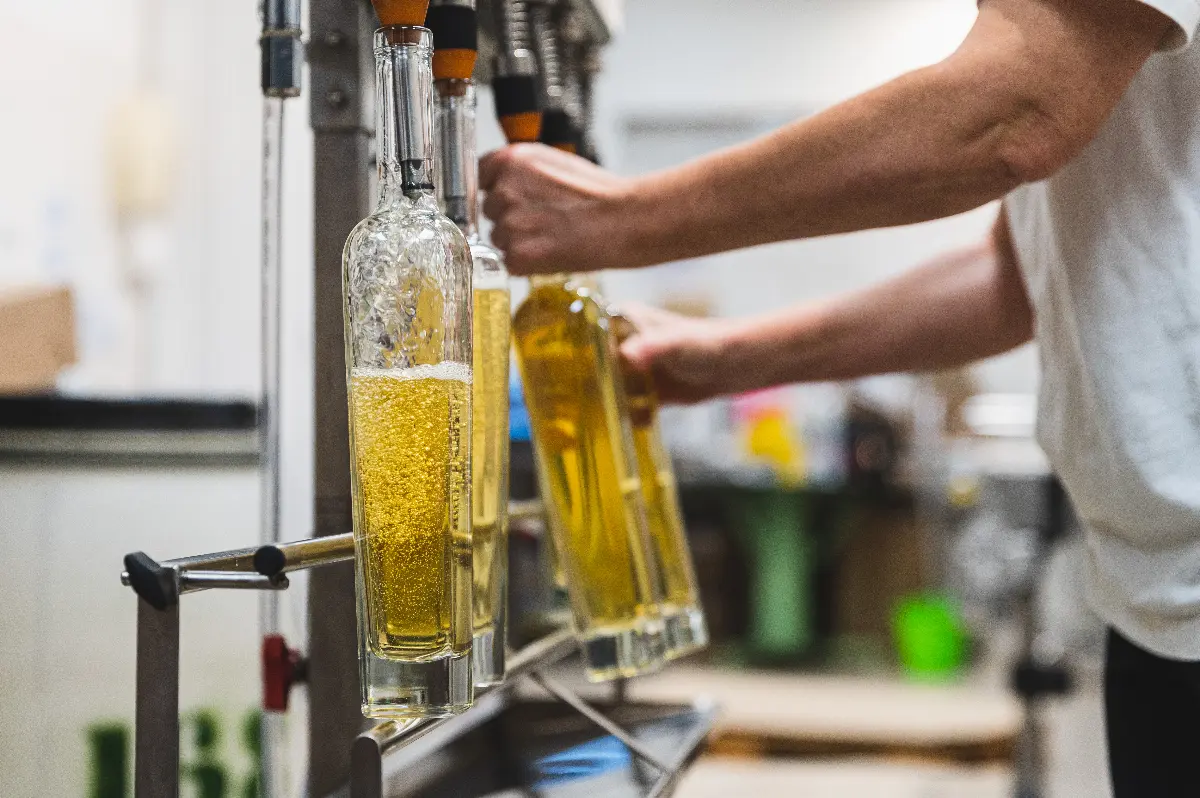
Helyszín címkék:
Cycling adventure on ‘Szilvaút’ (Plum Road) in Szatmár-Bereg
Séra Zsanett
The Szilvaút Association established in 2001 set the goal to introduce the gastronomic, cultural and historical traditions of Szatmár-Bereg region to people. Depending on how much time we have, we can go on even two routes. ‘Nagyszilvaút’ (Big Plum Route) starts from Vásárosnamény and going through 15 settlements returns there as well, and ‘Kisszilvaút’ (Small Plum Route) goes from Penyige to Vásárosnamény and involves 9 stations. We can go along the former one in 5, the latter one in 3 days. In our article we show Kisszilvaút as it can be bravely undertaken by even beginner cyclists.
Kisszilvaút, i.e. from the plum of Penyige to the Elixir of Panyola
Route: Penyige–Túristvándi (10 km), Túristvándi–Szatmárcseke (6 km), Szatmárcseke–Tiszacsécse (14 km), Tiszacsécse–Milota (3 km), Milota–Sonkád (9 km), Sonkád–Kölcse (3 km), Kölcse–Panyola (33 km), Panyola–Vásárosnamény (10 km).
Day 1
The first station of our route is Penyige. The indigenous type of plum grows in this region, which is mentioned only in its demotic name, Nemtudom. The very thick plum jam, which is cooked without sugar and preservative, also known as “the black gold of Szatmár” is made from this downy blue, sweet fruit with yellow flesh which grows wild and requires extremely little care. The Lekvárium of Penyige shows the tricks of traditional jam-making, where we can learn plum growing, the equipment of processing and we can taste the widely celebrated plum jam of Szatmár. After Penyige, we cycle to Túristvándi, where we can watch the special watermill built in folk style at the end of the 18th century, which is ranked as a rarity with its three undershot waterwheels in all middle Europe. Especially, it’s a watermill working still today which is usually started in the case of more then twenty visitors. Our next stop is Szatmárcseke, the reformed cemetery of which is worth visiting because of two things: the tomb of Ferenc Kölcsey stands here and graves with ship-shaped grave-posts can be seen in a unique way only here in the country. If we have time it’s worth going into the culture house standing in the place of the former Kölcsey mansion where we can get to know closer the life and work of the writer of the Hymn through the memorial exhibition named after the poet. We finish our day in Tiszacsécse, in Zsigmond Móricz’s native village where we can watch that memorial house in which the famous writer spent a part of his childhood. But you should visit the baroque-style reformed church and the wooden bell tower too which were built back in the 1820s.
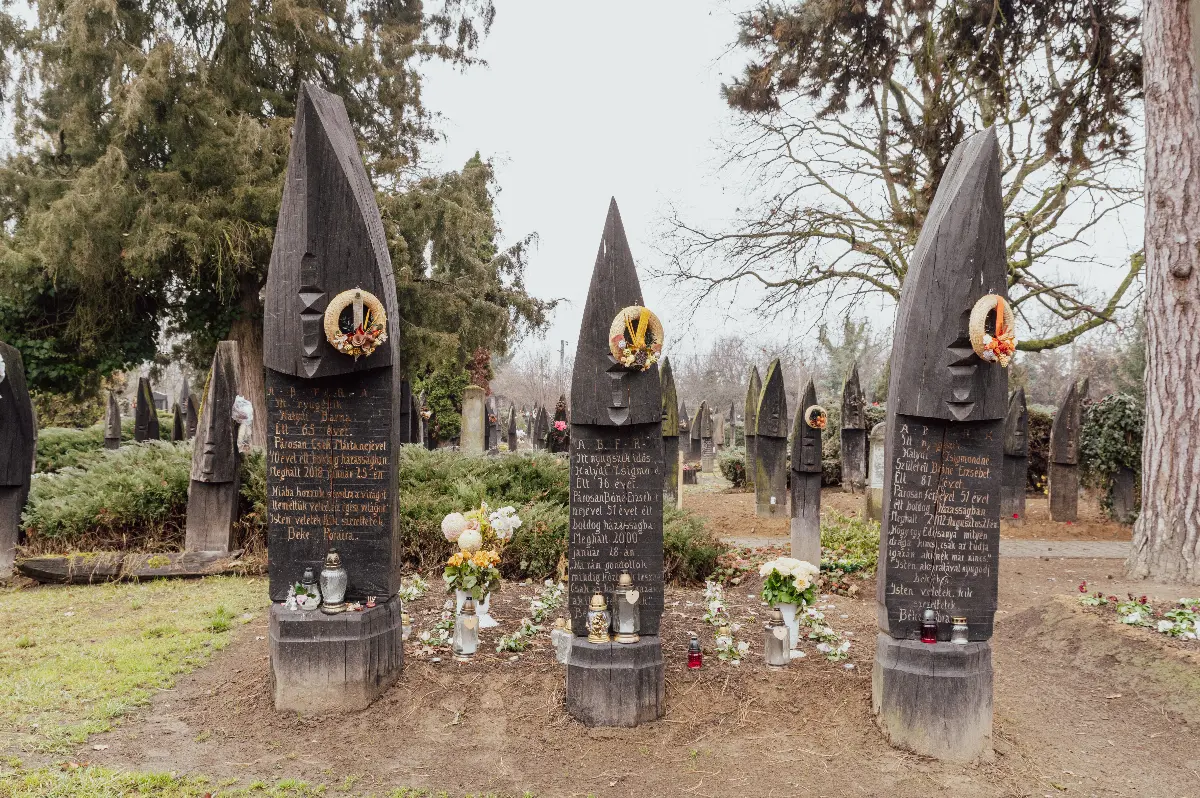
Day 2
We start the second day of our adventure in Szatmár-Bereg in Milota. Here we can have a look at the reformed church built in the style of the late baroque in 1772 which didn’t even have a tower until 1826, only a wooden bell tower was standing next to it. The 26-metre-high new tower was risen in 1827 and the plank ceiling was also finished at that time. At our next stop, Sonkád the most important attraction is the listed reformed church built at the turn of the 15th-16th century which earned the Europa Nostra Awards in 1998. The mediaeval building is mentioned as the church of flowers due to its beautiful, decorative paintwork. Arriving in Kölcse we should first watch the reformed church originally built in baroque style in the 15th century and we should have a look at its bell tower constructed in the 18th century. And in the former evangelical school we can see the exhibition of the Erdőháti Landscape Museum, which guards ethnographic and regional historical relics. In Panyola, on the bank of Túr, the famous Panyolai pálinka is made in a pálinka distillery standing in a beautiful, natural environment Popping in we can learn the distillery technology of kisüsti, the history of pálinka distillery and various techniques of tasting which can be tested at once in four types of pálinka – Panyolai Elixir among them. At the end of our tour, we can cross the Szamos by ferry which takes us to Vásárosnamény.
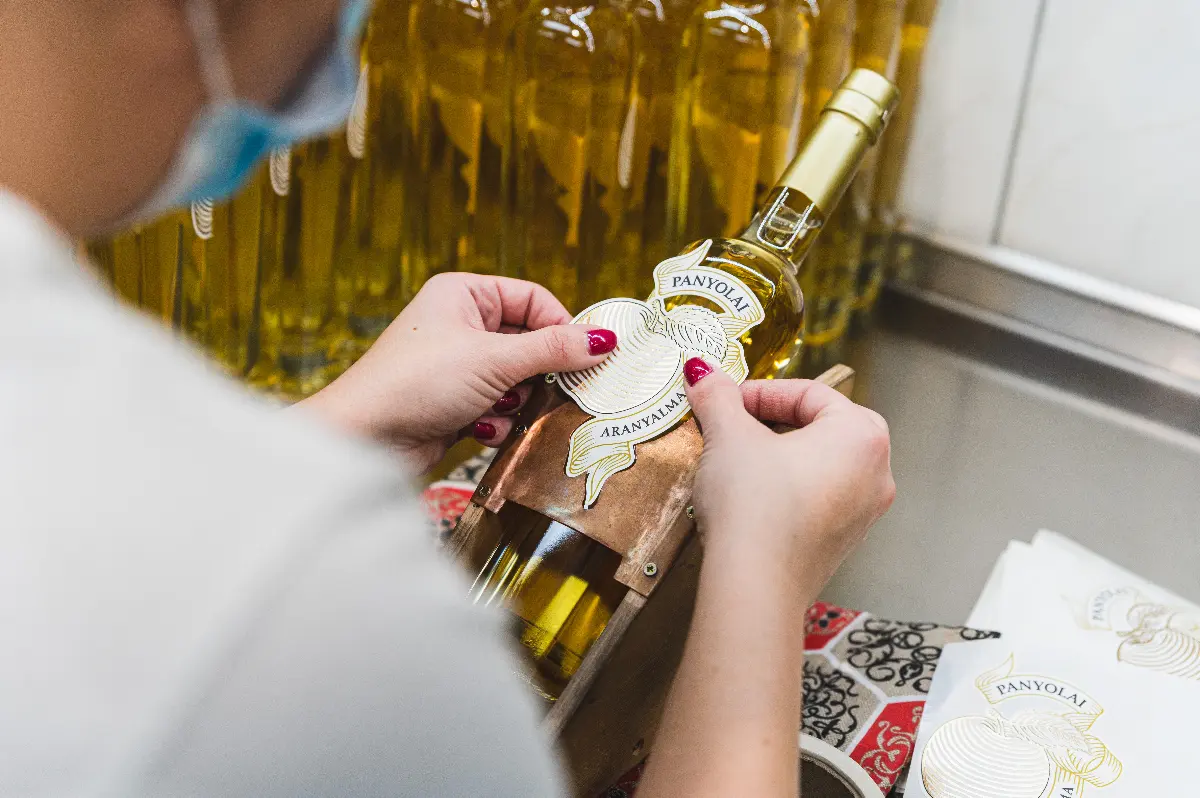
Day 3
In Vásárosnamény we spend our last day where we shouldn’t miss watching the collection of cast-iron in Museum of Bereg situated in the Tomcsányi castle. If we would like to have a bath after that, we should aim for Szilva Thermal and Wellness Spa on the bank of the river Kraszna which offers recreation by its therapy and adventure pools.
